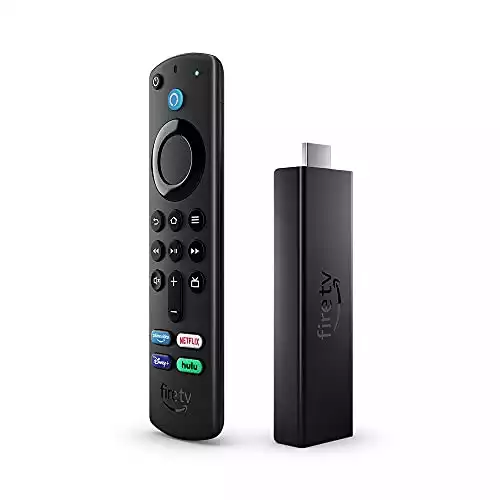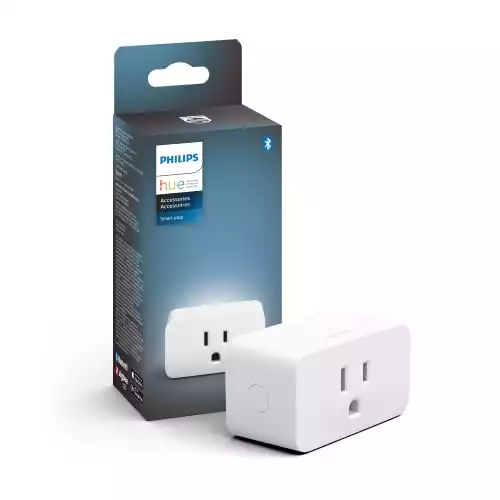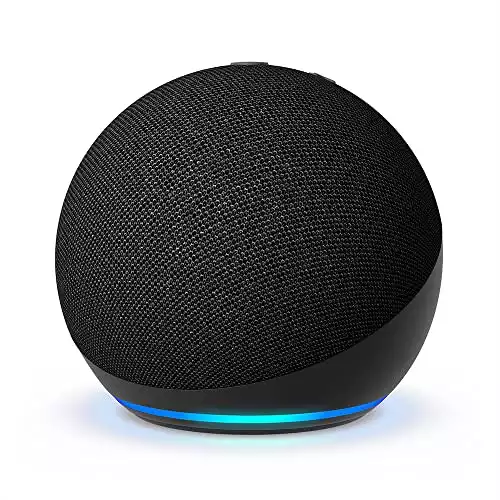This page may contain affiliate links. Please read my disclosure for more info.
Smart thermostats can be pretty stupid at times. That dreaded Ecobee “Calibrating Heat/Cool Disabled” message is a prime example. When your system stalls during calibration, it’s entirely useless, and your home can quickly get uncomfortably hot or unbearably cold.
In this article, we’ll show you what to do when your Ecobee says calibrating for longer than it should, including how to stop the calibration and how to diagnose the underlying cause of the power loss.
Why Does Ecobee Keep Saying Calibrating?
Ecobee says calibrating when it is measuring the indoor temperature of your home. This process should happen during the initial system setup and whenever the system has to reboot.
Your thermostat shouldn’t have to reboot and recalibrate often, but there are a few events that can cause it to occur:
- Ecobee firmware updates
- A power outage
- Your furnace overheating
- The float switch tripped
While it is calibrating, Ecobee will disable its heating and cooling functions as well as essentially all of its other features.
How Long Does Ecobee Take to Calibrate?
The calibration process should only take 5–20 minutes. If it lasts longer than that or if Ecobee keeps returning to its calibration process, there may be a problem with your thermostat, most likely with the wiring or network connection.
These calibration times don’t depend on the number of Ecobee room sensors or smart sensors connected to your system. Even if you are using the maximum sensor network (32 sensors), the entire process should be done in under 20 minutes.
How To Tell If Your Ecobee Is Calibrating
Ecobee won’t always show the same message while it’s calibrating. All of these behaviors indicate that your system has entered or will enter calibration mode:
- Ecobee says “Calibrating Heat/Cool Disabled” below the current temperature.
- Your Ecobee display goes blank, reboots, and takes a few minutes to turn back on.
- The Ecobee app shows a temperature of -500 F or says N/A instead of showing a valid temperature.
If any of these occur for more than 20–30 minutes at a time, you may need to take action.
1. Restart Your Ecobee Thermostat
When Ecobee hangs during the calibration process, the easiest fix is just to force another restart. You can do that by following these steps:
- Disconnecting Ecobee from the wall.
- Wait 5 seconds.
- Reconnect Ecobee to the wall.
Ecobee will restart automatically at that point. As part of that process, Ecobee will try to calibrate again.
Most of the time, it should calibrate fine the second time around. Random software glitches are far more common than hardware or wiring problems, and forcing a restart will usually solve those glitches.
If Ecobee takes longer than 20 minutes to calibrate again, we’ve got a few more solutions to try.
2. Reboot Your Router
Ecobee needs a reliable internet connection for its smart features and network features to work properly. Slow, intermittent, or missing internet connectivity
Before proceeding, make sure that nobody in your home is actively using the internet. This process will shut down all network and internet connections for roughly five minutes during the reboot.
Okay, let’s get started.
- Unplug the power cable from your router and modem.
- Wait 30 seconds.
- Plug the power cables back in.
- Wait a few minutes for the modem and router to boot up.
Once the Wi-Fi network is back up and running, give your Ecobee a few minutes to try calibrating. You may need to restart the thermostat again for this to work.
3. Download Your Ecobee Runtime Report
This isn’t a solution so much as a diagnostic step, but I still suggest doing it. Ecobee thermostats offer a downloadable runtime report (also called a HomeIQ report).
This report allows you to determine when your system has experienced a power loss and, hopefully, use that information to determine why the power losses are occurring. Power losses will show as gaps in the runtime report, as the system only sends information while it is powered on.
There are two main patterns to look for in the data:
- Gaps immediately after non-zero “Heat Stage” or “Cool Stage” values: These indicate that the power losses are occurring after Ecobee heats or cools your home.
- Gaps when the “Current Temperature” column is below the “Heat Set Temp” or above the “Cool Set Temp” values: Gaps that occur when the temperature is outside of the set range but before heating or cooling has started indicate power losses when Ecobee attempts to heat or cool your home.
Your goal with this report is to determine when and why your system is losing power. Ecobee requires a constant 24 Volts to maintain its functions. Any drop below that point will result in a restart that can lead to a calibration failure.
4. Check the Wiring
Often, Ecobee power issues, including those that lead to calibration failures, are caused by incorrect wiring.
You’ll need to remove the thermostat from the wall to get at the wiring. Set the main unit aside and check the wires using the table below.
The terminals should be clearly labeled with the letters shown in the table. Some systems, as indicated in the table, may not have a C wire. Ecobee comes with a Power Extender Kit (PEK) that takes the place of the C wire. Just make sure that either your system has a C wire, or the thermostat was installed using the PEK.
| Wire Letter | Wire Color |
|---|---|
| C | Blue or black (or none if using a Power Extender Kit) |
| G | Green |
| R, Rc, or Rh | Red |
| W | White |
| Y or Y1 | Yellow |
It’s best to err on the side of caution when it comes to electrical wiring. If the wires don’t match the colors shown or if you’re not confident in what you are doing, I would strongly suggest contacting Ecobee support or an electrician.
5. Contact Ecobee Support
Ecobee offers support via phone, WhatsApp, and Messenger. Since they have access to your device logs, they’ll likely be able to debug any problems that we were able to solve here.
Make sure you have your purchase and warranty information handy when you call. If your thermostat is new enough, it may qualify for a free replacement or repair, assuming the problem is not something that can be fixed remotely.
The Ecobee support staff may ask you to repeat some of the steps that we’ve already tried. There’s no harm in doing that, so just go ahead and follow all of the steps they suggest, even if some of them seem redundant.
What If Ecobee Calibrates Incorrectly?
Every once in a while, Ecobee calibration problems will linger after the process completes. This can result in the system reading the wrong temperature for your home.
If it’s just off by a degree or two, you’re probably fine Anything more than that, though, can render the thermostat nearly useless. Fortunately, fixing an incorrect Ecobee calibration is fairly easy. You’ll just need some way of determining the real temperature of your home.
Once you have an accurate temperature for your home, follow these steps:
- Press the menu button on the Ecobee display.
- Select Settings.
- Go to Installation Settings.
- Select Thresholds.
- Press Temperature Correction.
- Adjust the temperature to the correct value.
Alternatively, you can remove your thermostat from the wall and place it back to force a reboot. That may be your best option if you don’t have a way of checking the actual temperature of your home.
What’s Next?
Once Ecobee is calibrated and you’ve diagnosed your power loss issues, it’s time to enjoy the convenience and power savings of your thermostat. And if you’ve got a newer Ecobee, this is also a good chance to try out the Ecobee Alexa smart hub features.
If you’re looking for more ways to reduce your energy bill, I’d suggest checking out how much energy smart plugs can save. I’ve even compiled a list of several dozens smart plug uses to get you started.
|
N/A
|
$34.99
|
$49.99
|

Zachary has spent 12 hears in the tech industry focusing on automation, analytics, and cybersecurity. His passion is tech education; he uses his industry expertise and STEM PhD to break down complicated concepts into simple step-by-step guides. When he’s not writing or coding, you can find him binging anything Star Trek or Marvel or reading far too many sci-fi novels.



